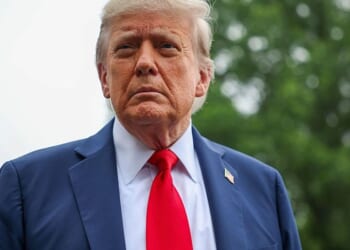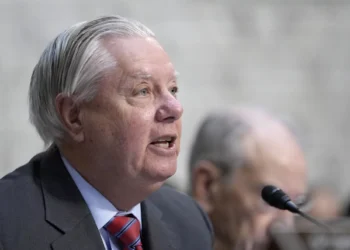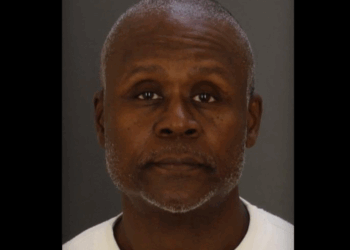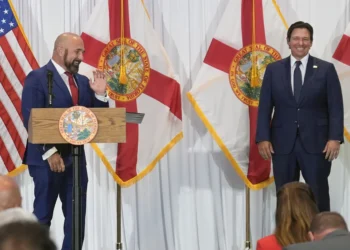Back in March, the House passed a continuing resolution, which President Donald Trump then signed into law. In that continuing resolution, certain funds were allocated to the Department of Education (DOE) to spend on its Title programs. However, Trump subsequently decided to withhold from the DOE $6.8 billion for K-12 schools. According to Education Week, here is where the money was going:
Title I-C for migrant education ($375 million)
Title II-A for professional development ($2.2 billion)
Title III-A for English-learner services ($890 million)
Title IV-A for academic enrichment ($1.3 billion)
Title IV-B for before- and after-school programs ($1.4 billion)
Trump argues that he has the right to withhold executive branch funds through the Impoundment Control Act. Procedurally, however, the president has gone about this impoundment incorrectly and is in the wrong legally. National Review’s Jim Geraghty predicts:
This will probably end up being fought at the Supreme Court, with the Trump administration arguing that the Impoundment Control Act unconstitutionally violates the president’s authority to set spending priorities for the executive branch, or infringes upon his ability to eliminate wasteful spending. That is likely to be a difficult argument to make, in light of the Constitution’s declaration, “No Money shall be drawn from the Treasury, but in Consequence of Appropriations made by Law; and a regular Statement and Account of the Receipts and Expenditures of all public Money shall be published from time to time” — what is often characterized as Congress having “the power of the purse.”
While this overreach of executive authority is reason enough for chagrin, the Left’s freakout is overblown — because public schools would only see a fraction of this money anyway. As former Education Secretary Betsy DeVos explained earlier this year:
Congress appropriates funding for education; last year, it totaled nearly $80 billion. The department’s bureaucrats take in those billions, add strings and red tape, peel off a percentage to pay for themselves, and then send it down to state education agencies. Many of them do a version of the same and then send it to our schools. The schools must then pay first for administrators to manage all the requirements that have been added along the way. After all that, the money makes it to the classroom to help a student learn — maybe. In other words, the Department of Education is functionally a middleman. And like most middlemen, it doesn’t add value. It merely adds cost and complexity. The only certain benefactor of the DOE’s existence is its patron saint: the teachers unions.
It is extremely important to remember that no amount of DOE money goes directly to the hiring of teachers, the running of schools, or the advancement of education in the classroom. It is distributed through grants, and much of the initial money is lost via red tape and bureaucratic swindle.
While President Trump is wrong to withhold money without going about it in the proper fashion, the oversized reaction to the impoundment of $6.8 billion — as if it’s directly depriving children of the means to learn — is ridiculous and displays a fundamental midunderstanding of what the DOE does.
Public school funding should be local — and it mainly is. That way, schools are directly accountable to the parents and the community.















